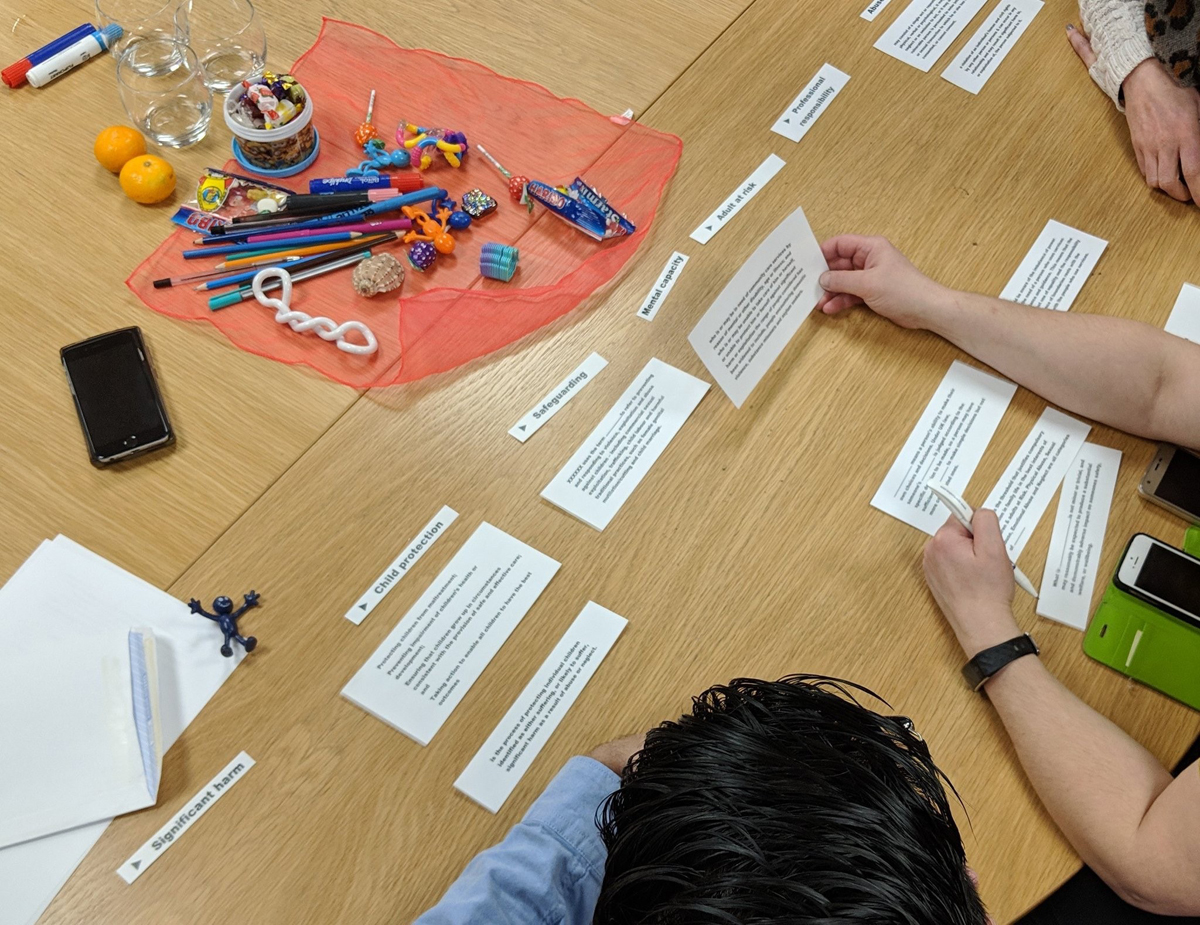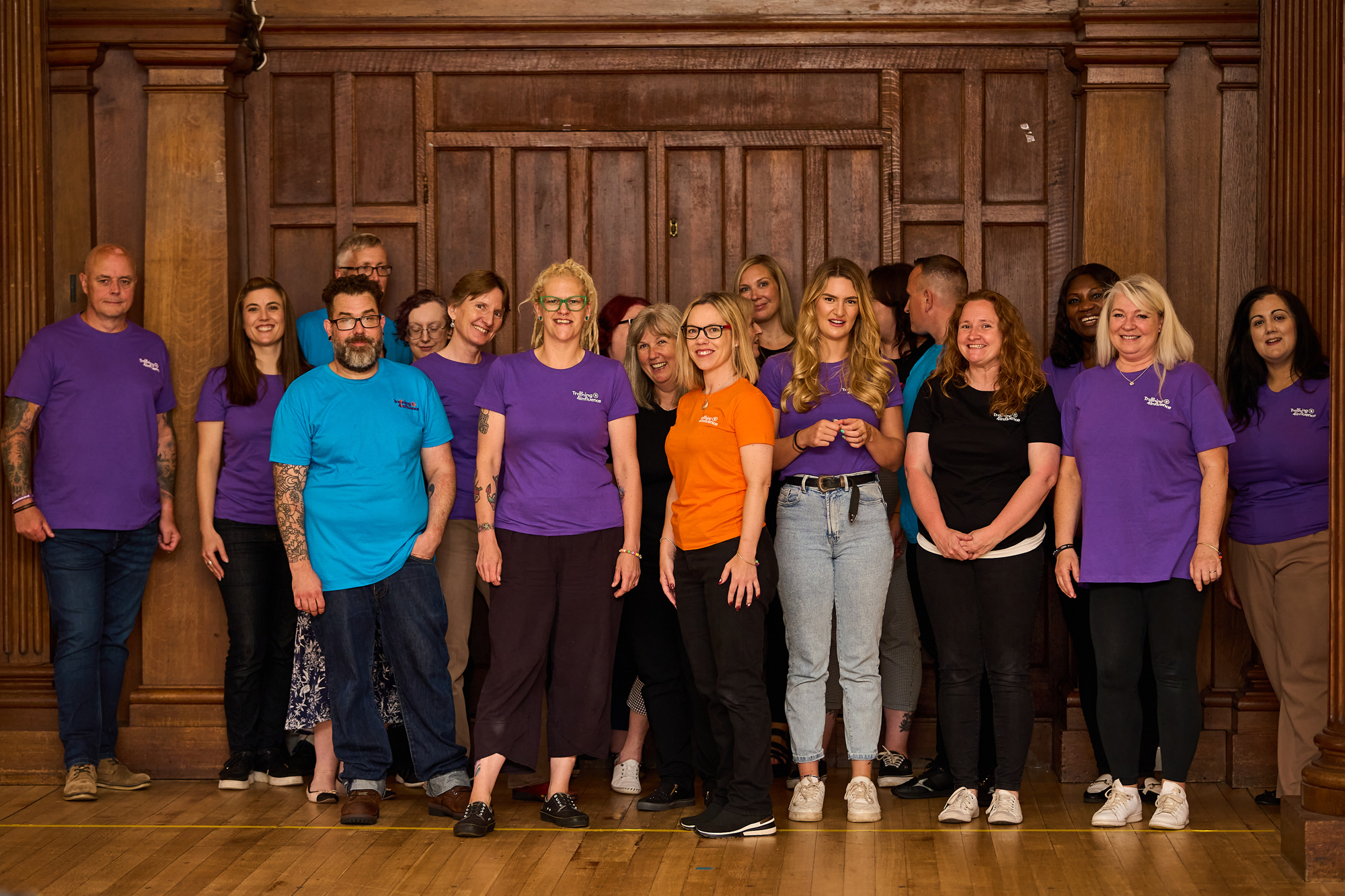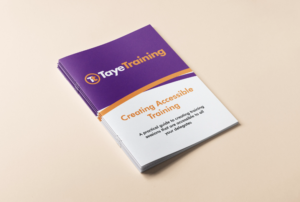This blog starts with a confession.
I’ve had a chequered career as a facilitator.
I’ve delivered in-house and external training where I was able to tailor the content exactly to the group of delegates sitting in front of me.
But I’ve also been contracted to deliver training as an external facilitator where there was no tailoring whatsoever. It was a case of: this is the subject we want you to deliver in, we’ll supply the training materials, you just need to turn up.
The difference between the two experiences is massive.
The Frustrations of One-Size-Fits-All Training
In the second example, I found myself in a situation where I walked into a training room with my virtual bag packed with materials supplied by the person who contracted me, to deliver what was supposed to be a leadership course aimed at new leaders. When the course was originally booked, that was the brief and around 7 or 8 people were expected to attend. By the time the date came around a number of delegates had dropped out, leaving the sum total of one person. You might think this sounds like an easy gig. Imagine though, walking into the room with materials at the ready for an introduction to leadership course, only to discover that the one and only delegate who was there was at a senior level looking for advanced leadership skills. There’s only so much tailoring you can do on the hoof. And none of it could be done without the delegate being aware as the course materials had been sent to her in advance.
It’s not an experience I plan to repeat!
You may not have experienced anything quite so extreme, but if you’ve found yourself delivering a one-size fits all course to a diverse group of people, you’ll know how frustrating it can be for you and the delegates when examples aren’t as relevant as they could be and materials don’t take account of the roles they do or the context in which they operate. The opportunity for learning becomes more limited, and therefore the opportunity to influence is reduced. It’s also not the best opportunity for you to showcase your skills as a facilitator nor does it leave you feeling satisfied that you’ve delivered your best work.
Training 4 Influence: Taking Tailoring to a New Level
When you deliver a course that’s properly tailored, it’s equivalent to all the parts in a machine lining up perfectly. Everything flows as it should and it’s much easier to engage people. Examples, case studies and exercises can be written with the delegate group in mind so that they are relevant and drawn from or as close to real-life situations as possible; terminology can be matched to the terminology that they would use so that it resonates with them; processes mirror their processes to aid understanding and practical application; and therefore, skills learned can be more easily retained and applied in their operational role.
And that’s one of the things I love about the Training 4 Influence methodology. It not only uses the concept of tailoring, it takes it to a whole new level, turbo charging it to deliver a better training performance.
You might wonder why I say that.
In my experience, for most people tailoring training involves being aware of the group you’re delivering to, finding out about any relevant policy that applies to the training, making sure that the materials are relevant to what they do, and using terminology that they’re familiar with.
When it comes to the methodology it goes much deeper. It’s not just about scratching beneath the surface, it’s about getting right under the skin.
Making sure training is properly tailored means making sure that it encompasses everything. It means you’ve found out about the values, mission and vision of the organisation and you’ve woven them into the training. It means you know about their policies and processes and these are reflected in what you cover on the course. You know about the different roles that delegates carry out, the customers or service users they work with, the context in which they’re operating, the regulatory framework and a whole host of other things.
Maximising Learning and Transformational Change
It means when you hand out a case study, give an example or put up a slide, instead of the delegates looking at them and wondering how they relate to what they do, they read them and instantly recognise the situation as one they may face or have faced in their roles. And bearing in mind that this may be very different from the training experience some of these delegates have had in the past, that’s when you really capture their attention and lightbulbs start switching on.
They know you get them and their situation. They know you understand the pressures they face. It builds trust and helps to create an open environment where delegates are willing to share and learn from one another
The majority of people attend training courses because they want to learn (even if they’ve been told to attend). Even the ones that may appear unwilling or disinterested are usually only behaving that way because of negative past experiences. The minute you start signalling that your course is different, people will start to sit up and take notice.
That’s why tailored is one of the key aspects of the methodology and why it is making such an impact. You wouldn’t expect a doctor to treat you successfully without making sure that the treatment was right for you as an individual. It’s the same with training. Tailoring not only makes it easier to engage delegates, it helps to maximise the opportunity for learning and therefore increases the ability of delegates to deliver transformational change themselves.
Who wouldn’t want that?






